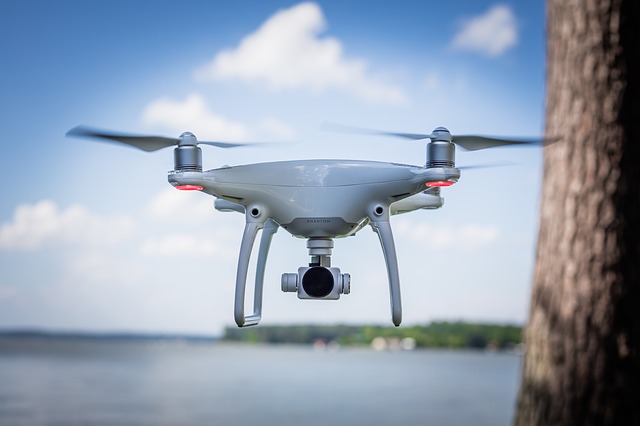
Whether you’re an amateur photographer or simply a tech enthusiast and you’re looking to enjoy the complex features of a drone, there are a few essential things to consider before deciding to make a purchase.
A Cheap Drone Isn’t Necessarily the Best for Beginners
With most things in life, you get what you pay for, and that includes drones. The more expensive the drone, the more features it will come with to make it easier to fly.
If you’re just starting out, a drone with a GPS is essential, especially for pictures and videos. Toy drones do not usually come with a GPS, and can be frustrating for a beginner. The best drones for beginners should be equipped with basic technologies such as GPS, safety measures, as well as a good flight time.
Flight Times for Drones Are Relatively Short
Battery life is still poor when it comes to drones. Most drones claim a battery life of 30 minutes, but that’s under ideal conditions. Wind, weight, and other factors can sap battery life much faster.
The general rule of thumb is to subtract 5 - 10 minutes from the advertised flight time to figure out your actual flight time.
Once You Buy the Drone You’re Not Done Spending
After you buy the drone you’re not done with spending money on it. You’ll need extra batteries, spare propellers, prop guards, and a quick charger so you don’t have to wait hours to fly again. Don’t forget repair costs either (in case you crash it).
When shopping for drones, take into account how easy it is to find batteries, replacement parts, and other accessories. Also take the price of these items into account.
Except For You, Everyone Else Will Think It’s Dangerous
It doesn’t matter if you’re the best drone pilot around, people will most likely be afraid of you flying a drone around them. And honestly, that’s completely fair.
Plastic blades spinning at high speeds from 400 feet in the air doesn’t exactly scream safety. To calm fears, US-based pilots may want to get an Academy of Model Aeronautics membership. It comes with a host of benefits, including $$2,500,000 comprehensive general liability insurance and $25,000 of accident/medical coverage.
Flying Can Be Limited to Certain Areas
U.S. national parks are off limits, as well as all state parks in New Jersey. On the same note, there are certain no-fly zones, which would make much of New York off limits, along with a good portion of other states.
Before buying a drone, it is advisable to check with AirMap or MapBox for no-fly zones in your area. You can also download the FFA’s B4UFLY app to check your location. It doesn’t cover state or local ordinances, so you’ll still need to check around.
You Need the Correct Mobile Device to Use Your Drone
Many drones are operated by mobile devices and not controllers specific to drones. It’s convenient unless your mobile device is outdated. You’ll see that drone software usually works with smartphone.
Flying in Certain Conditions Can Put Your Drone at Risk
You may become really good at flying your drone, but don’t get cocky. If you fly your drone in poor conditions, you could either damage or lose your drone. A clear day with little to no breeze are ideal conditions to fly drones.
You shouldn’t fly your drone during the night. The drone’s lights will not show you potential hazards that are around it.
Use Good Flying Etiquette
If you do fly in urban or residential areas, fly with caution. People are concerned with privacy and the implications drones place on this. It’s best to stick to open fields and avoid busy public areas, including roads.
Drones can be fun, but you need to be aware of all the rules that come with flying it, along with all of the equipment you’ll need. Keep the above tips in line and you should be fine.